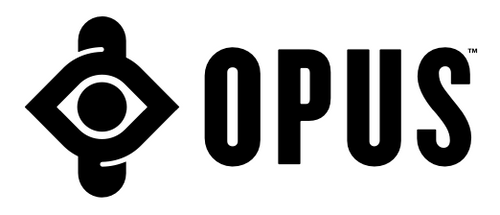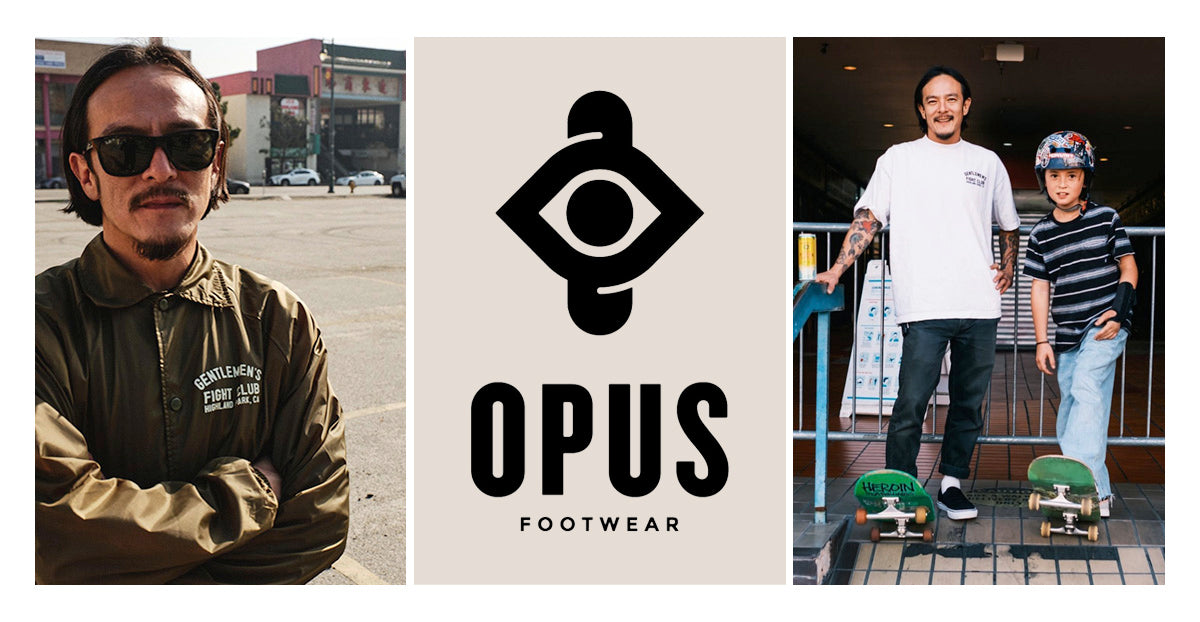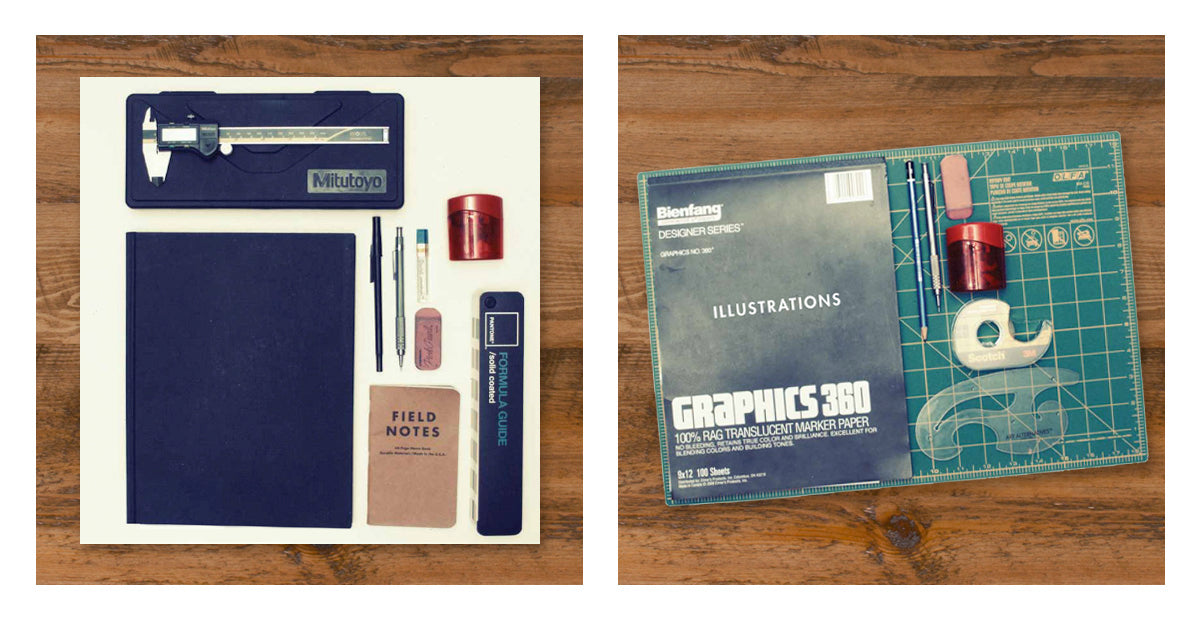Dennys Han Interview
Original Q&A conducted November 2023 by Cesar Rodrigues.
[Q] Let’s start with some basic stuff; where are you originally from and where do you live now?
[A] My parents immigrated from Korea to Brasil in the 1960s. My sisters and I were all born in Sao Paulo, Brasil. At the age of 11 we moved to Atlanta where I spent 9 years. Once my father passed away in 1995, my mom, sisters and I moved to California.
[Q] When did you start skating?
[A] My buddy Ed in Brasil got me into it when we were about 9 or 10. He bought a skateboard and brought it over to my house. I was instantly hooked.
[Q] What was the importance of skateboarding to you growing up?
[A] Skateboarding for me growing up was EVERYTHING! It’s given me so much. We moved around a lot when I was growing up so I always had to make new friends. In the 90s skateboarding was not very popular like it is today, but there were always a few kids with skateboards. Also, at that time most people were not wearing skateboarding clothes, so it was easier to approach other kids with the same clothes.
[Q] When did you start your shoe design career and how?
[A] I was mainly a graphic designer before designing shoes. Then in 2002 a family member was able to get funding to start a footwear brand. I had zero experience designing shoes but I had one friend that worked for a shoe company, so I would ask her a lot of questions but mostly I have been self taught. That venture did not work out but it got me really interested in designing shoes. I’ve always had an appreciation for shoes but not for collecting purposes.
[Q] Was footwear always your main goal, or did you ever wish to design something else?
[A] Designing shoes professionally was never something I dreamed about when I was younger—it was something I stumbled upon. I have been extremely lucky to have been able to do creative things for a living. At this moment I am happy designing for Opus Footwear, teaching jiu-jitsu at my studio (Eastside Jiu-Jitsu), designing for my clothing company (Gentlemen's Fight Club), and running my retail store (East/West Shop).
[Q] What’s the first big project or company you ever designed for? Can you name all the companies you did work for?
[A] I think the Bastien Salabanzi pro shoe from Etnies. It was the first time I worked with a professional skateboarder for a signature model—a very cool experience. He was rad, super creative, and an amazing skateboarder.
Memphis Shoe Collection was my first experience with shoes professionally speaking. I was brought in to help create the shoes and also help with marketing. This was around 2002. It was a time when shoes were super bulky and technical. Memphis was a lot like how Opus is—clean, simple, and timeless. Lack of funding was the demise of the brand. A crazy experience but it taught me a lot. Then I moved on to Podium Distribution (Lakai, DVS, Matix) where I worked for Lakai. After a few years I was offered a job at Sole Technology (Etnies, eS, Emerica, Thirty-Two). I was in charge of Etnies but also designed for the other brands in-house. After 7 years at Sole Tech, I moved on to GNRC (Generic Man and Generic Surplus)—my first footwear job outside the skate industry. It was a great experience designing outside of skateboarding.
My last job was working for the legendary Keith Hufnagel at HUF Footwear. It was one of the best experiences in my career.
[Q] Can you name the top 5 styles you've designed and what made them great?
[A] Here's a list of my favorites from over the years:
1. The Faction (Etnies): That shoe was actually designed by Stefan Janoski when he rode for Etnies. Obviously he made the right decision to move on, however, that shoe was super fun to work on and he was really fun to design with.
2. The Jameson 2 (Etnies): It was a shoe I snuck in with my old product line manager Wallace Mills. We had the sample made without anyone knowing and it's still out in the market. I am super proud of that model and I love the simplicity.
3. G Code (Emerica): That was a fun signature model. I was able to visit Bryan Herman at his home and get to know him a little. He had amazing stories and, like Stefan, he brought drawings and had a clear vision of what he wanted.
4. Fader (Etnies): Designing for Etnies with big logos was something they had a lot of success with. I actually like how it turned out. I like the shape and the simplicity of the design, plus it's still in their current line and I take pride in designing shoes that remain in the market for a long time.
5. The Dom (Generic Surplus): The name came from the restaurant “Little Dom’s” that was below the GNRC offices in Los Feliz, CA. It was the first boot I designed, and it's still my favorite boot I've ever designed—wish I had kept a few extra pairs.
[Q] Your wife is also a designer. How'd you meet and does being married to another designer make things easier?
[A] Erin and I met around 2005, through my friend Mike Ternosky. Mike and Erin worked together at OBEY Clothing where she was their Head Women’s Designer for 11 years. Erin and I would run into each other a lot because we lived in the same neighborhood but we actually connected while traveling for work outside the country. Both of us being creative makes things easier and harder. We both can be extremely stubborn, but we do have the same aesthetic.
[Q] You guys own a sustainable clothing store in Los Angeles. How did it come to life and why did you decide to venture into the sustainable/upcycling business?
[A] We opened East/West Shop in 2015. My wife and I wanted to break off and be our own bosses. Erin has a talent for finding vintage clothes; she’s also an incredible clothing designer. Like most designers she's traveled all over the world. One trip in particular to China she had a realization that what she was doing was contributing to the pollution of the apparel industry. After that trip she had a change of heart and decided to resign from her job and follow her new passion. I had quit my job as a shoe designer for HUF a year prior. I had been working for myself and was very excited when she made the jump from being an employee to employer.
Erin’s been buying vintage clothes for years and we ended up having enough to fill a store and that's how East/West Shop was born. We slowly started to come up with ideas of how we can still produce clothes without contributing to the pollution caused by the apparel industry. We sell vintage finds as well as dead-stock items such as earrings, necklaces, pants, jackets, etc. We print graphics on found vintage blank shirts as well as embroider our graphics on found vintage sweatshirts. Also, we produce our goods locally and natural dyeing fabrics is something my wife is very passionate about along with the denim jackets she designs with vintage quality denim.
[Q] Besides your design work and the shop, you also own a jiu-jitsu studio and you're a black belt fighter. How did jiu-jitsu come into your life?
[A] I started practicing jiu-jitsu in 2006. I commuted from Los Feliz to Lake Forest 4 to 5 times a week and in order for me to avoid traffic, I would go in a little later and leave a little later. There was a jiu-jitsu studio right by my old job at Sole Technology, so I joined just to stay down in Orange County a little longer. Practicing jiu-jitsu gave me the same feeling skateboarding did and it's probably one of the most important things in my life. It was a long hard road but I am extremely proud I went through it and receiving my black belt was one of the proudest moments of my life.
Eastside Jiu-Jitsu is for everyone. I teach fundamentals to teens and adults. Teaching is something I never knew I would love so much.
[Q] Along with Eastside you also have a clothing brand called GFC (Gentlemen’s Fight Club). How did it start and who is it for?
[A] Well, the way GFC started was just a funny idea my buddy and I had. At the time I started GFC (2008) I was training jiu-jitsu and I was looking for a brand I could support. Back in the early 2000s the aesthetics were at an all time low, so I never found anything I could support. I grew up on Charles Bronson and Steve McQueen movies and that's how the name GENTLEMEN’S FIGHT CLUB was created. The brand is an extension of me, which means I support skateboarders, grapplers, mixed martial artists, boxers, artists, etc. We do have a few GFC gyms as well that are on-going partnerships with a few close friends. GFC is a little bit of everything.
[Q] As a small business owner, how do you see the importance or impact of your businesses on your local community?
[A] Running a retail shop we are able to meet a lot of different people. I like sharing my knowledge and experience with young designers and entrepreneurs. When I started my businesses I had to learn things on the fly and make a lot of mistakes along the way. If I can help a young entrepreneur avoid some of those mistakes, then I feel like I did my job.
[Q] When we talk about community, how big do you think your reach is through your activities? Do you see yourself as cultural promoter or do you not think about it much?
[A] Skateboarding and jiu-jitsu tend to create close communities. I have been lucky enough to be around both for the better part of my life. I love the jiu-jitsu community I have at my gym; it's a family environment.
As far as a cultural promoter—I don’t think I consider myself one. I just try and relate to people. Being born in Brasil of Korean decent, raised in Georgia, and now living in Los Angeles has allowed me to be around all sorts of different cultures.
[Q] What's next and any last words?
[A] For me, a slow and steady growth in business is healthy. I hope to keep all the projects growing organically and authentically. My advice—follow your dreams, you only live once!



